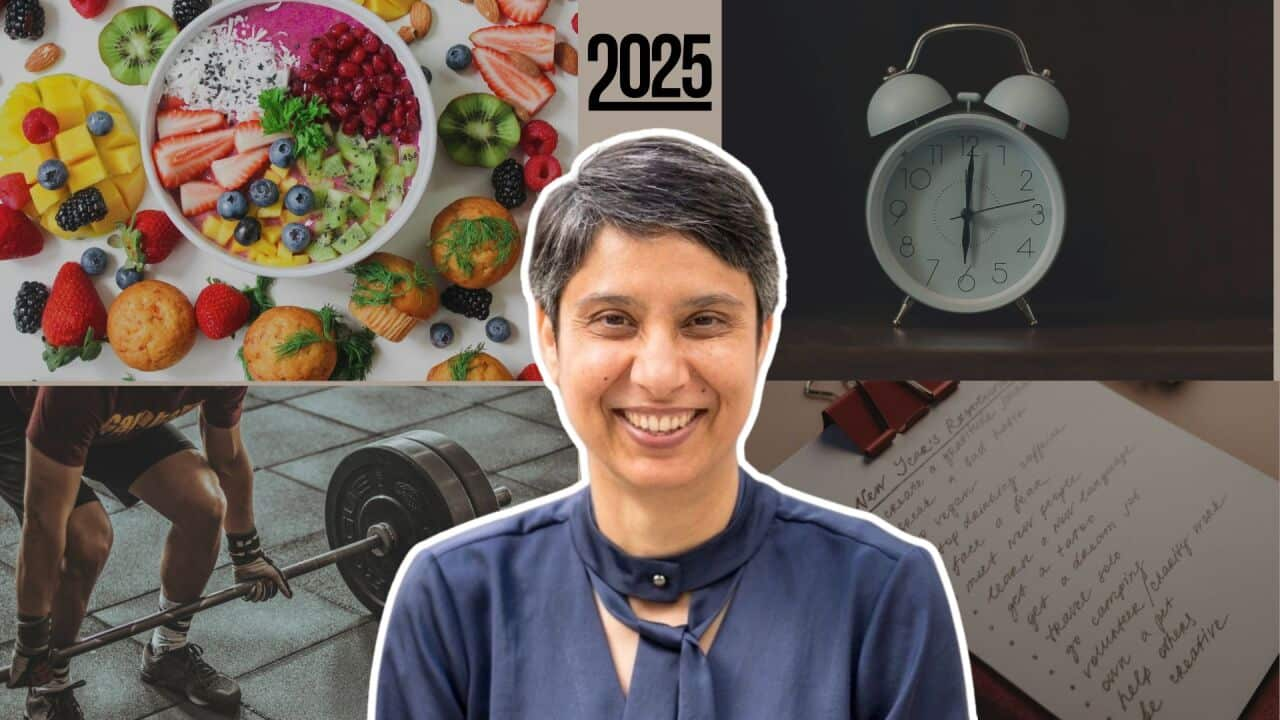Saira - which isn't her real name - knew her relationship with her husband was bad, even before she moved to Australia.
But she didn't realise the financial, emotional, and sexual mistreatment she endured at his hands was considered abuse.
"To be frank, for me, physical abuse is (the) only abuse. I never knew all the other things are also abuse. And I thought these are issues that can be resolved between husband and wife over the period."
Living in a foreign country with no job and her husband monitoring her every move, Saira was physically and socially isolated.
"I had two miscarriages, and during even that time, he wanted me to have sex with him. And it was so painful. And he didn't leave me even for an hour to sleep. He was torturing me. And if I was crying, also, during that time, he would touch and see whether I'm crying or not, even in the night."
But after having already spent money on her visa and fearful that her family in India would blame her for the relationship breakdown, Saira decided to try working things out herself.
Detailed information about this can be obtained by clicking on 'Speaker' in the photo above.
SBS is committed to informing Australia’s diverse communities about the latest COVID-19 developments. News and information is available in 63 languages at




